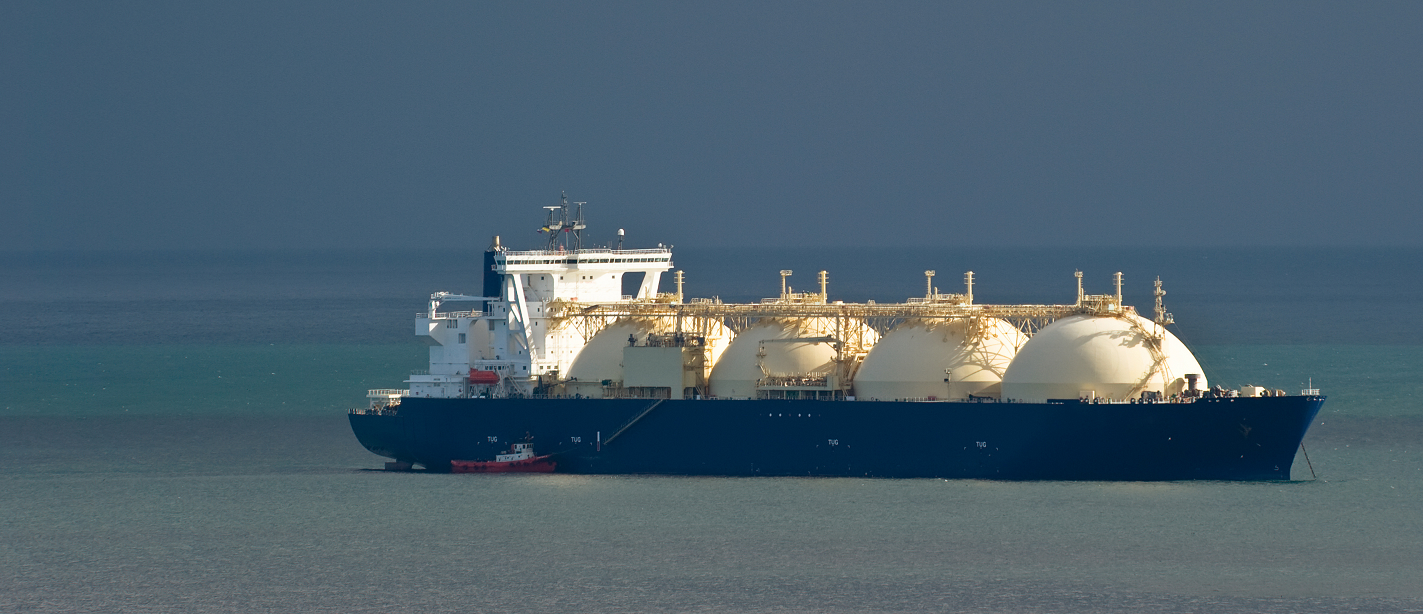Future of marine fuel: green ammonia and / or green methanol?
13.07.2023
Globally, shipping is responsible for emitting an amount of greenhouse gases equivalent to about one billion tons of carbon dioxide, or 2.89% of total man-made greenhouse gas emissions, as of 2018. It also accounts for about 15% of global nitrogen oxide emissions and 13% of sulfur dioxide emissions. This trend is still rising. With the aim of reducing carbon emissions and mitigating the effects of climate change, the shipping industry is currently exploring two options for future marine fuels: green ammonia and green methanol.
When comparing as carbon-neutral fuels, green ammonia has lower production costs compared to green methanol. However, the IMO, as of now, does not permit the usage of ammonia as a marine fuel, due to its toxicity and hence there is a lack of current bunkering infrastructure. The IMO is currently evaluating how the IGF code needs to change to allow usage of green ammonia as a marine fuel. In addition, the engine technology based on green ammonia is also not ready.Methanol as a marine fuel is closer to market as it is similar to traditional hydrocarbon based engine fuels and has ready bunkering infrastructure. However, producing green methanol in a carbon neutral way i.e. by capturing CO2 from the air, is a very expensive process that makes it economically unfeasible compared to the production of green ammonia. Another option to make it green is by using biogenic CO2 from biomass, but scaling-up that process to meet the shipping industry’s demand is questionable. If you are interested to know more about which one of these two will dominate the marine fuel market, please contact:Thorsten Leupold,
phone: +49 6201 9915 16,
email id: Thorsten.Leupold@SchlegelundPartner.deAayushi Sinha,
phone: +49 6201 9915 18,
email id: Aayushi.sinha@SchlegelundPartner.deSchlegel und Partner, with its extensive experience in energy industry, is well positioned to help industry players, such as hydrogen / green ammonia / methanol producers or customers, to understand the challenges and trends. Additionally, our experts can help you to identify collaboration opportunities along the value chain as well as identify channels for marketing.
phone: +49 6201 9915 16,
email id: Thorsten.Leupold@SchlegelundPartner.deAayushi Sinha,
phone: +49 6201 9915 18,
email id: Aayushi.sinha@SchlegelundPartner.deSchlegel und Partner, with its extensive experience in energy industry, is well positioned to help industry players, such as hydrogen / green ammonia / methanol producers or customers, to understand the challenges and trends. Additionally, our experts can help you to identify collaboration opportunities along the value chain as well as identify channels for marketing.